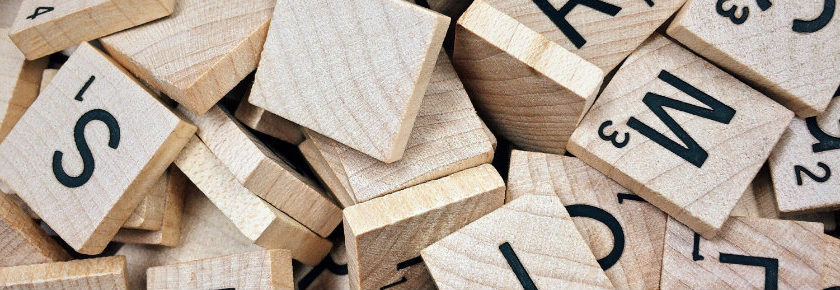What is a “special” fastener? It is important to differentiate between standards and specials when identifying fasteners to be purchased or quoted. If a fastener can be defined in a simple text description, it is not “special” and should not require a blueprint. See the following standard metric fastener description per ISO 8991:
Hexagon head bolt ISO 4014 – M12 x 80 – 8.8 – A2C
Customers will often create prints for fasteners and detail every dimension. This slows down the quoting process because every dimension has to be verified as “standard” or “special” by every manufacturer who looks at the print. Best practices for specials is to dimension only those items that are non-standard, and reference a dimensional standard for those items which are not special. For standard parts, a print is not needed, so save yourself the trouble and don’t make a print!
Contact us through ProvenProductivity@bossard.com with any questions or more information regarding standard and special fasteners and components.
Doug Jones
Applications Engineer
Email: djones@bossard.com















